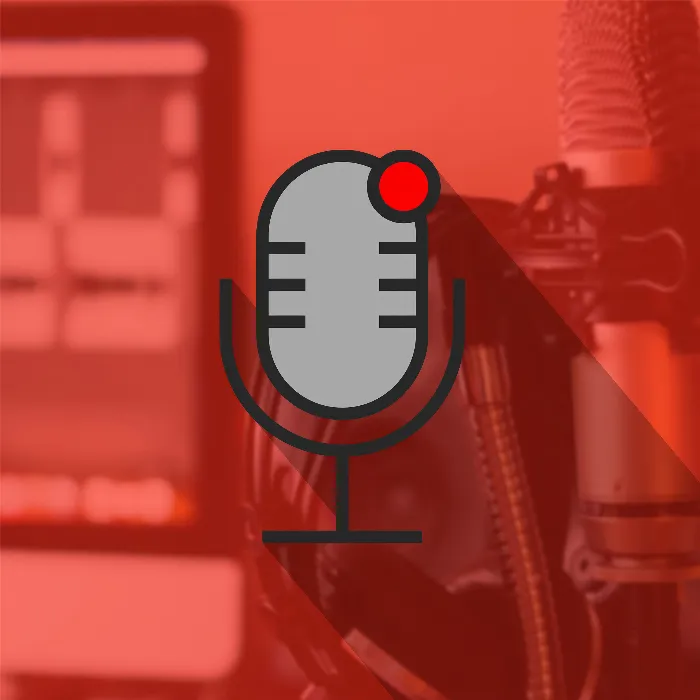The start of a podcast is an exciting and creative process. If you are just starting out, the idea of recording multiple episodes at once can be daunting. However, this can actually help you work more efficiently and confidently. In this guide, I'll show you how to record multiple episodes at once and overcome your fear of posting.
Key Insights
- Record multiple episodes in blocks to save time and energy.
- Plan your recordings and releases in advance to increase your efficiency.
- Ensure that the content remains current and relevant.
- Use the pre-planning strategy to reduce your fear of posting.
Step-by-Step Guide
Step 1: Preparation for Recording
Before you start recording, set everything up. This means making sure your microphone is working and your recording device is ready. Challenges may arise when you are just starting out; for example, the audio quality may not be optimal. For your debut, don't let perfection distract you.

Step 2: Simultaneous Recording of Multiple Episodes
Set a goal to record multiple episodes in one session. For example, you could set aside four hours to record five different episodes in one day. This ensures that you don't have to make new preparations repeatedly, allowing you to focus fully on the recording workflow. Additionally, you can experiment within this block, which is especially helpful for the first episodes.
Step 3: Efficient Editing of Recordings
After making the recordings, it's important to apply a batching process in the editing stage. Set aside a day or at least a few hours to edit all episodes. Preferably note areas for improvement while recording so you can edit purposefully. This increases your efficiency.
Step 4: Uploading and Pre-Scheduling Episodes
Once the episodes are edited, it's time to upload them. It's helpful to have the descriptions of each episode prepared in advance for quick copy and paste. Platforms like Anchor allow you to pre-schedule and upload your episodes in advance, saving you a lot of stress.
Step 5: Keep an Eye on Relevance
It's important to keep the content of your podcast up to date. Ensure the topics remain relevant, especially when it comes to fast-moving developments like stock prices. Therefore, strategically plan your content to ensure it remains of interest in the weeks to come.
Step 6: Seize the Moment of Inspiration
When you feel inspired and ready to record, don't hesitate! Seize the opportunity to record as many episodes as possible before you start feeling tired or lose track. Some days, you may simply not be able to stand hearing yourself – hence, it's crucial to capitalize on the positive moments.
Step 7: Regular Planning and Posting
Once you've accumulated a substantial number of episodes, you can schedule them in advance. This helps you maintain a consistent flow of content, even in less inspiring moments. Utilize the scheduling function to reduce your fear of posting – this way, you may forget that an episode is already online, alleviating the fear of negative reactions.
Summary
In this guide, you've learned how to effectively record and edit multiple podcast episodes in one workflow. Follow these steps to increase your efficiency and reduce your fear of posting. By starting with planning and recording, you secure a steady stream of content for the weeks ahead.
Frequently Asked Questions
How many episodes should I ideally record in one block?You should record at least three to five episodes in one block to maximize efficiency.
What is the best way to pre-schedule?Use platforms like Anchor that offer a pre-scheduling function to time your uploads.
What should I do if I feel unsure while recording?Record anyway. It's important to seize the moments when you feel inspired.
How do I keep my content current?Ensure to select current topics and always plan with an eye on upcoming developments.
Do I always have to make everything perfect?Perfection is not the goal. It's more important to be active and produce content.


